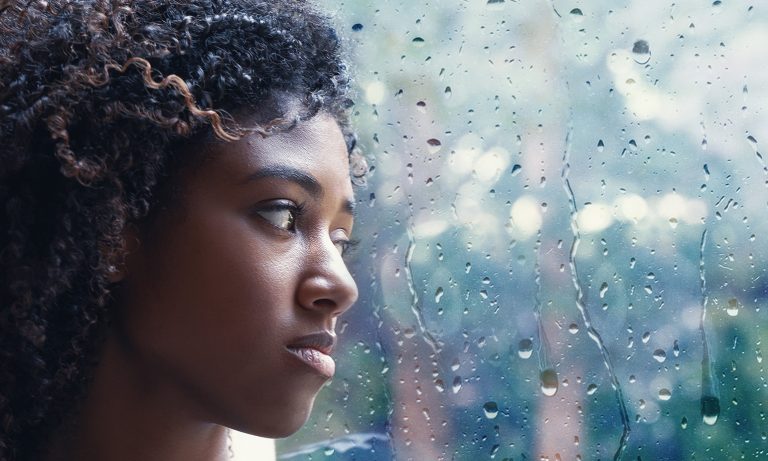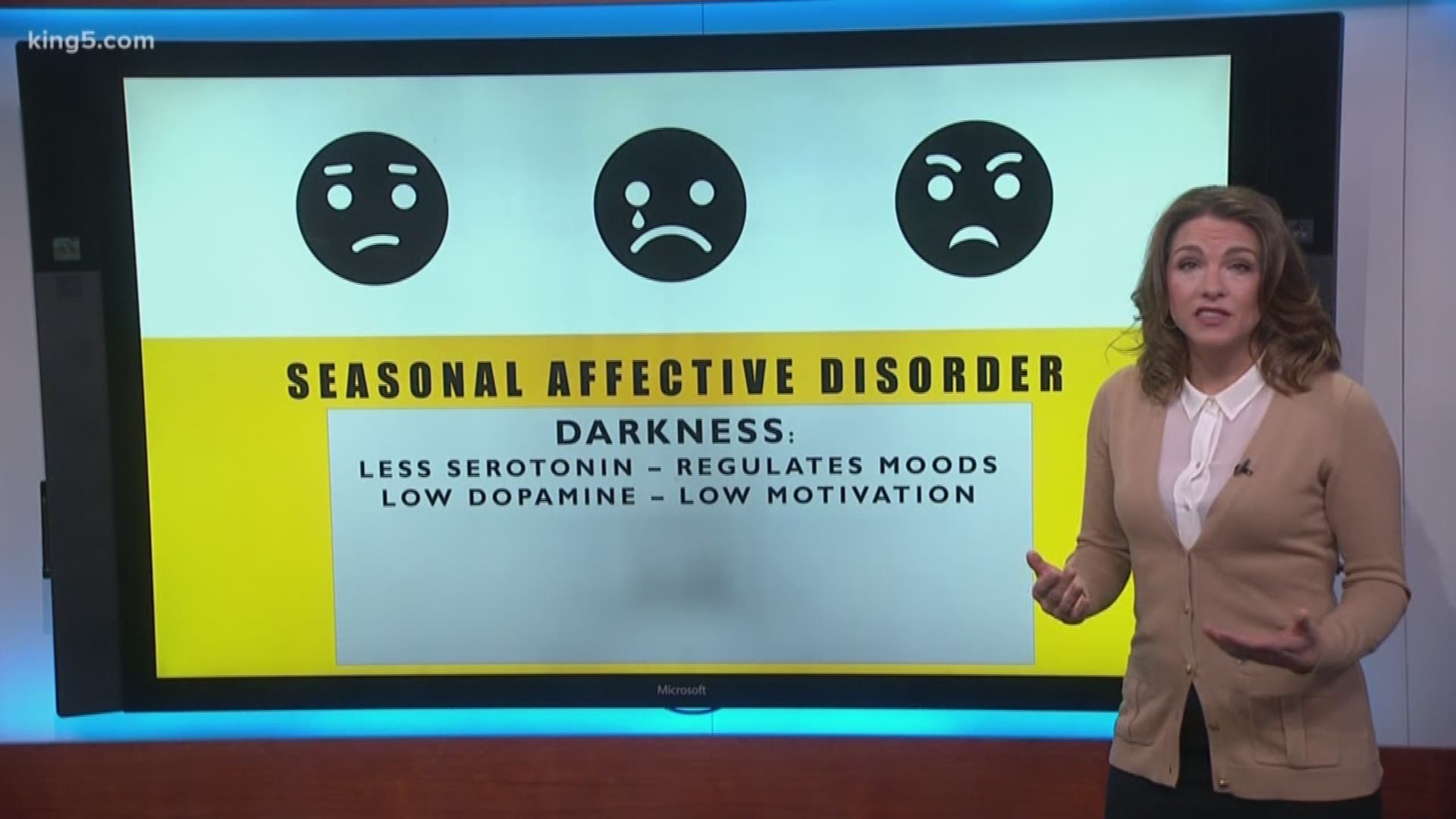Losing Daylight, Gaining SAD
 |
| Academic research shows that losing an hour of daylight can be linked to negative effects on both the mind and body, including disturbed sleep patterns, seasonal depression and obesity. (iStock) |
"When we admitted the first cohort, it was in the summer-time, and they were really quite well.""Some skeptical people said, 'Well, what will happen if they don't get depressed? You'll look pretty stupid. And I thought, well, that's OK, I'll take that chance. It's not such a bad thing to look stupid.""[And then, on schedule the majority of the test subjects became depressed; people went] down [at different times reflecting their sensitivity to lack of light']. We exposed them to light and it was really quite one of the most exciting things. ... It was, in some cases, very transformational.""If you've got SAD [seasonal affective disorder] and COVID anxiety, it's just a double whammy."
"If people aren't operating at their best, they should be treated or they should be helped.""It's an unfortunate term, because it's got a kind of Freudian feel about it -- 'Oh these people are neurotic, they're just complaining about nothing'."Dr.Norman Rosenthal, professor of psychiatry, Georgetown University School of Medicine"We don't know what the trigger is, and it may be different for different people.""What makes this unique is that there are very few sub-types of depression that we know when they're going to come on [most frequently between November and December] and when they're going to get better.""Certain hormone levels, certain basic building blocks of proteins -- these all shift with the seasons."Dr.Anthony Levitt, psychiatrist, chief, Hurvitz Brain Sciences Program, Sunnybrook Health Sciences Centre, Toronto
 |
| Seasonal Affective Disorder HelpGuide |
Dr.Rosenthal, back in the winter of 1981 began a study ti determine the extent of a depression that would affect peoples' moods in the late fall months, when those affected tended to go to sleep earlier, sleep for longer periods and awaken later. By late afternoon their energy levels failed, they felt unmotivated, lethargic and depressed. People who travelled south reported mood improvement days after their arrival "and a deterioration in mood a few days after returning North again".
He was a pioneer in the study of a syndrome newly named as seasonal affective disorder (SAD). He worked out of the National Institute of Mental Health in Bethesda then and had his work cut out persuading colleagues of the legitimacy of the phenomenon. "Some made a joke out of it", he recalled. Forty years later, there are still skeptics, but the reality is that when clocks are turned back by an hour at 2 a.m. on November 7 with the end of daylight saving time, society in general reacts unhappily.
An event shown to correlate with seasonal depression onset. Now, with COVID still bedeviling the globe, the situation has become more acute for many people. In the official psychiatry catalogue of mental illness SAD is recognized as a major depressive disorder, with its "seasonal pattern", as a sub-type of major depression. It has long been associated with a lack of environmental light; once people were submitted to supplemental light, their symptoms eased; "the more light, the better".
Unknown is what it is that causes the shift of critical biological molecules; length of day? amount of light exposure? Temperature; wind velocity; barometric pressure? Some people get by without getting SAD completely; they feel the effects but not severely, in "subsyndromal SAD", while others go into full-blown depression interfering with their ability to function adequately day to day.
Ten percent of any population report SAD or subsyndromal SAD, but fewer than one percent meet the criteria for a "seasonal pattern of major depressive episodes", according to Dr.Raymond Lam, associate head, department of psychiatry, University of British Columbia. The symptoms of SAD are well enough recognized in the general public to encourage people to invest in SAD lamps (which filter out UV rays), and green and blue glow glasses.
Some scientists argue the theory behind SAD that major depression can be influenced by the seasons is rooted in "folk psychology", more than objective data. A Canadian study making use of data from Statistics Canada surveys from 1996 to 2013 amounting to over half a million Canadians, found the proportion of those reporting major depressive episodes in January to be 70 percent higher than in August.
Several hypotheses are current; one that shorter winter days impact on the body's internal clock to cause "chrono-biological" disturbances. Decreased exposure to daylight hours impairs the regulation of serotonin, dopamine and noradrenaline, the three major neurotransmitters that scientists believe to be disturbed in depression. Nighttime secretion of melatonin, the body's natural sleep hormone is disrupted by reduced light exposure, leaving people to waken feeling exhausted and drained rather than refreshed and rested.
So how does exposure to increased light from specialized light-emitting lamps work to relieve the symptoms of SAD? "The retina is being impacted by the extra light and signals are going back through neural connections to the hypothalamus and various nuclei that are connected to emotional centres in the brain", explains Dr.Rosenthal. What can be helpful is regular morning walks, looking at the sky, cognitive behavioural therapy, stress reduction and maintaining social activities.

Labels: Daylight Saving, Depression, Fall Equinox, Losing Daylight, Seasonal Affective Disorder

0 Comments:
Post a Comment
<< Home